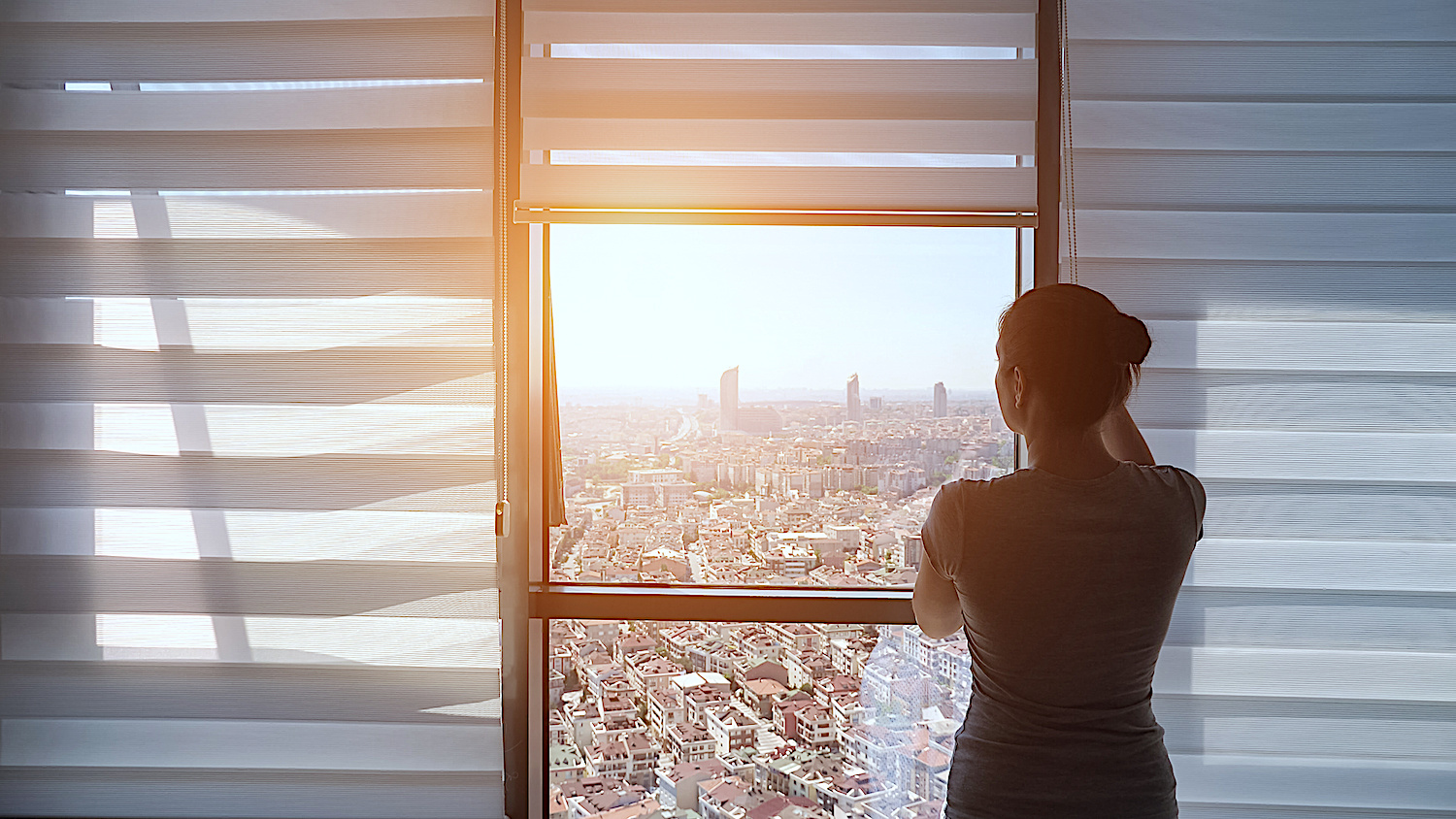A major shift is taking place towards windows that save energy
The energy crisis of the 1970s catalyzed the creation of one of the greatest energy saving innovations in modern history: low-emissivity (low-E) windows. Now, 40 years later, dynamic, energy-saving electrochromic windows are poised to disrupt thee windows industry — spearheaded by companies like Miru.
The 1970s were a pivotal time in energy-saving innovation. After a series of global oil price shocks and supply disruptions, the U.S. government funded research to reduce the use of fossil fuels.
At this time, windows were a key area of focus as buildings are one of the largest energy consumers, and windows are a key source of energy inefficiency. Heat can easily pass through standard windows, leading to wasteful heat gain in warmer climates and heat loss in colder climates.
To address this, a strategic collaboration among the U.S. Department of Energy, industry associations, window manufacturers, and research institutions led to a significant breakthrough in window technology: low-E windows.
Low-E windows contain thin, transparent coatings on the surface that reduce the amount of heat transferred through a window. These low-E coatings reflect infrared heat radiation to prevent excessive heat gain in hot weather, while retaining heat in the building during cold weather, reducing the heating and cooling costs of buildings by 20%.
Today, more than 85% of windows contain low-E coatings, but as game-changing for energy saving as this innovation was, low-E windows are not enough. Low-E windows are static: they do not adjust for the seasons or the time of day. We still need window coverings to protect us from the sun’s glare, meaning our blinds and curtains are closed 60% of the time!
We are now entering the next era in window innovation
Dynamic smart window technologies are now available to increase building energy efficiencies by yet another 20%. These electrochromic windows (eWindows) have been proven to keep rooms 10 degrees C cooler than conventional windows during our ever hotter summer months.
Miru is helping drive this next shift towards more energy-efficient windows. Our eWindows enable people to electronically change the tint of their windows to respond to the season, time of day or weather pattern — minimizing excessive heat during hot weather while containing heat within the building during colder weather. Miru eWindows enable us to stay connected to the outside world while still enjoying a pleasant view.
To learn more about Miru smart eWindows, contact us.
